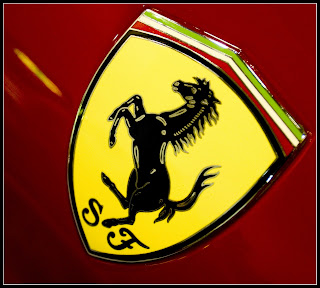The Flyers are going to be on A5 size paper, but since I will print 1000 copies, flyers will be printed on A1 size paper for money saving. Instead of printing 1000 copies, I will print 62 copies.
I will be using glossy paper. The reason is because on the flyer will be a photographic image, and with glossy paper will have better quality. Plus most of the times flyers are thrown on the streets and the glossy paper will not be destroyed easily.
The paper stock will be at 150gsm. The reason is because we do not need either a hard paper or a very soft one.
For the flyer design I will be concentrated on colour like black and white, plus a pink colour or a yellow one. The reason to that is because punk bands usually their image and ethos is in within those colours.
The photograph I used in my design is one of my own picture portfolio, which I took from a live gig.
Since I used Sex Pistols for my flyer, I tried to make a logo of the band, which associates with the band's image.
 |
| This is the original picture without any editing, that I used for the flyer. |
 |
| This is the part when I edited the image and started to "play" with the design. |
 |
| This is the part when I did the Sex Pistols logo and continued the design. |
 |
| Here is the part when I was exercising with colour and shape. |
 |
| Here I added some more editing into the design. The outline of the guitar is in pink colour. |














































